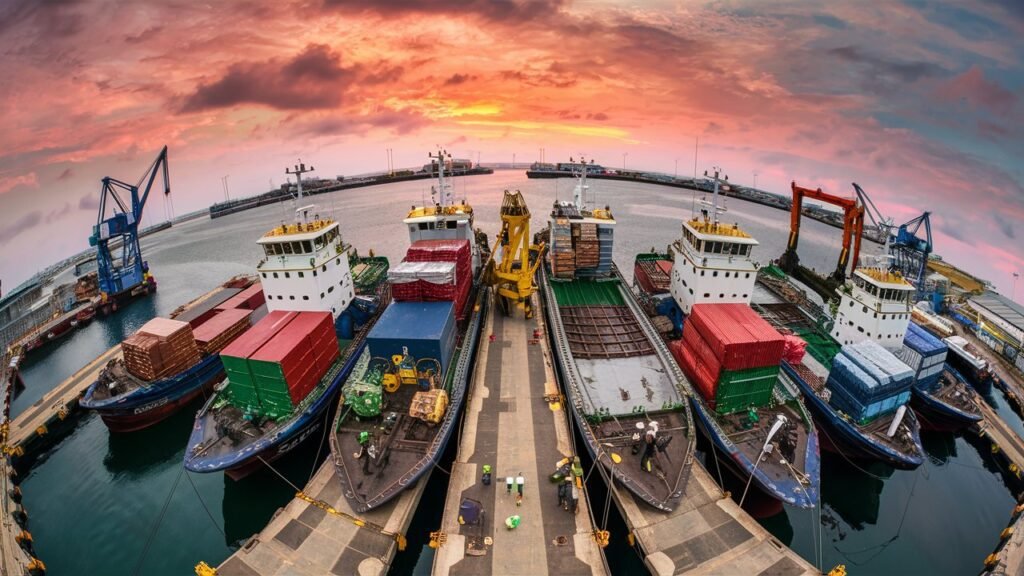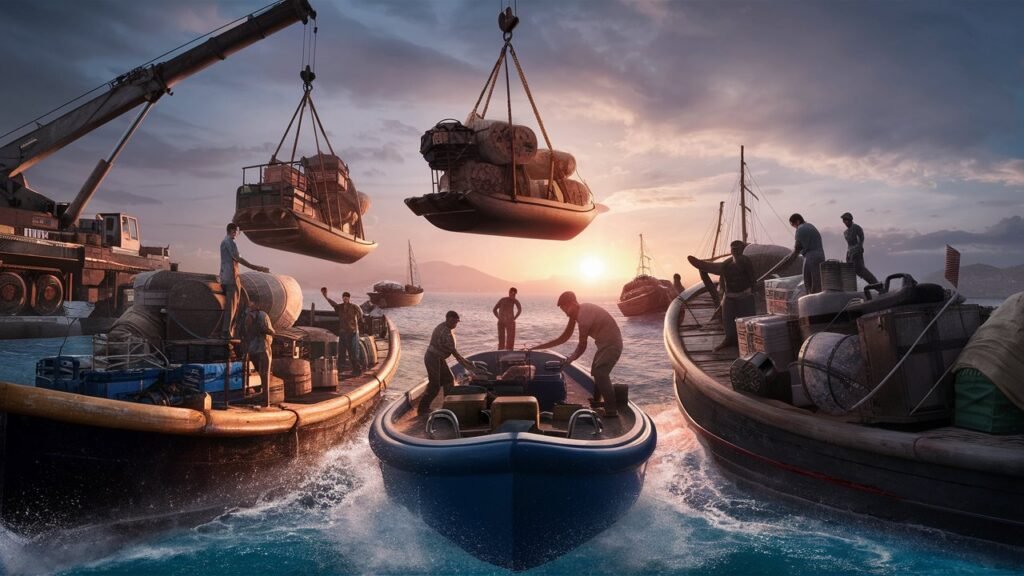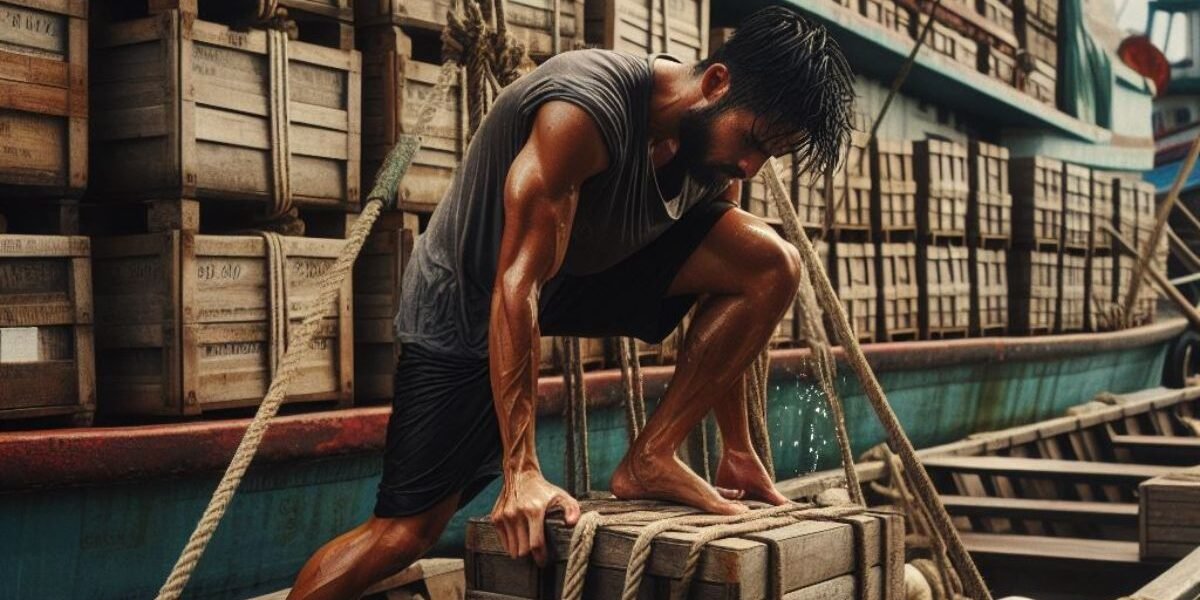Discover the Art of Power Loading a Boat: Essential Tips and Techniques
Discover the Art of Power Loading a Boat: Essential Tips and Techniques
Launching and loading a boat can be a daunting task, especially for new boaters.
To load your boat on a trailer is one of the most important steps.
Upon completion, you should then take the trailer back to the launch ramp and put the bunk or roller on it.
Next, drive the boat onto the trailer by backing it into water.
Make sure that bow stop is secured properly with boat winched up on trailer.
This is why guys have trouble cranking their boats onto trailers; let’s take our time and make sure everything is in order.
Remember when bringing your boat, this step holds no lesser significance towards launching it!
Check if both tires are deep enough in water as well as ensure that tow vehicle is well positioned.
Floating your boat right onto a trailer and winching in place afterwards
In addition to this do not forget checking prop for any possible damage because also outboard motor need close look too!
Unload gear once boat is secured; prepare for trailer retrieval next after that if necessary .
Fillion (2016) says that after launching it, secure both before hitting road.
Using the Power Winch Efficiently

Be able to use the Power Winch Efficiently While Loading Your Boat on the Trailer at the Dock in order to make this process fast and easy.
Make sure that the trailer is aligned with the boat ramp and backed down far enough for an easy drive-on of the boat.
Then get it onto the trailer using a power winch until its stern rests on bunks.
Thus, you will position it evenly without having to manually push or pull, securing it on a trailer.
It also saves boats from getting stuck in mud or sediment at bottoms of ramps and trailers from sinking into such grounds too deep.
Notably, controlled power-loading reduces erosion on ramps’ surfaces as well as their surroundings caused by unrestrained power-loading activities.
Securely Fasten Your Boat Using Straps before You Begin Transporting It for Safety throughout Its Journey
Check if all necessary equipment such as; lights and blower for ventilation purposes are functioning properly prior loading your vessel onto a trailer.
When positioning a trailer park it on flat surface away from an erode mound to prevent mishaps when backing down ramps slowly ensuring intake are submerged.
Remember to always use proper straps to secure your boat on the trailer and make use of the side bunks to prevent any.
When using the power winch, it is important to use the winch rope to guide the boat onto the trailer and ensure it is positioned correctly.
Securing Your Boat with Proper Straps

Movement without a point while moving items from one place to another.
In order for you to have a safe and worry free trip, there are several strategies that will assist you.
When preparing the trailer to receive the boat, it is important that one fastens his or her boat onto the trailer tightly so that nothing happens to it along the way which could also lead to accidents.
Always check if your trailer lights work before reversing down the ramp in order to load a boat on its trailer which other motorists can see.
If you are going to powerload your boat on the trailer, this step becomes even more important because lack of enough light may cause some problems.
Besides always be aware of piles of dead plant material on ramps since these might get washed away beneath them damaging either part of your boat (or both) and its support system i.e., bunks etc.,
Make sure that you back down gently into side bunks for vessels hulls to gently make contact against them during retrieval as well;
Otherwise intakes might be submerged resulting into damages being caused on different parts such as engines among others.
At this stage, once all lights work, blower is disabled and boats secured on trailers then there should not be any hazards left.
Mastering Power Loading

Powerloading is a way of preloading things in advance so as to enhance the performance of web browsers.
Your browser should have JavaScript enabled for this feature to work.
Turning off JavaScript while browsing would most likely lead to inefficiency of the browser’s browser power-load resulting in slow browsing speed.
Please check your settings and enable JavaScript for better results.
Ensure that your browser has JavaScript before attempting any power loading techniques
But without it, though, the feature will have to make the browser go back which slows down its overall efficiency and speed.
You could try learning how to do some power loading using Javascript; It will make you browse faster with improved efficiency.
Common Mistakes to Avoid During Boat Loading

The term powerloading” is used to describe the process of loading a webpage with all necessary resources in advance so that they are available at once when needed, thereby optimizing browser performance.
Please enable JavaScript in your web browser for this feature to work.
It is not possible for browsers’ powerload resource to function properly if JavaScript is disabled; consequently, it will decelerate the speed of browsing.
You should check your browser settings and make sure that JavaScript is enabled so as to have an improved browsing experience.
Before attempting any powerloading techniques ensure that javascript is enabled on your browser.
However, without this the function will require the browser to move back and forth again which slows down its speed as well as efficiency.
One can use Javascript for learning how to power load which gives a faster more efficient browsing experience.
Overcoming Power Loading
Guiding a boat onto a trailer requires precise communication between the driver and someone assisting them in directing it onto said trailer.
During loading operations communication must be clear for safety reasons.
Hand signals or two-way radios can be used by the person guiding the vessel onto the trailer to communicate with the driver.
Additionally, they need knowledge about alignment of straight trailers and ensuring boats are centered while being guided onto them.
Slowness while doing this activity prevents accidents or damaging either boats or trailers themselves.
Proper Technique for Submerging the Trailer

Proper Technique for Submerging the Trailer
Before submerging a trailer, there are a few things you should keep in mind.
Most importantly, make sure to take it slow when driving into the water.
This will prevent any sudden movements that could cause it to snap back or become misaligned.
Also, ensure that the axles are completely submerged in water while the trailer is in it.
By doing this no damage will occur and the trailer will sink steadily into the water.
Furthermore, watch the hitch while lowering your vehicle deeper into the liquid to ensure its stability.
Follow these steps and you can put your trailer down for any water related activities safely.
Preventing Damage to the Boat Hull
Preventing Damage to the Boat Hull
One of the most important aspects of boat maintenance is ensuring that the hull stays in good condition.
Damage to the hull can lead to costly repairs and impact the overall performance of the boat.
You need to check the hull for any signs of damage regularly; otherwise, it is going to get destroyed.
Aside from cleaning and waxing on a regular basis, corrosion should be prevented as well as UV damage.
Additionally, the right docking methods should be used so as not to scrape against rocks or anything else which can lead to damage of the hull.
Lastly, when boats are not in use owners can protect their hulls from severe weather by buying high-quality boat covers.
If owners take steps themselves to prevent damaging their boats’ hulls then they are guaranteed with ships which remain shipshape throughout long periods into future.
Conclusion
For all boaters who want to launch their boats conveniently and securely, learning how to power load a boat is essential.
Some of the instructions needed are; using powerful winch, tying the boat with correct straps and guiding it safely onto the trailer.
boaters can streamline the loading process and minimize the risk of accidents or damage to their boat and trailer.
When we talk about loading and towing, it is important to remember the right launching techniques, alignment checks and hull maintenance. To ensure a smooth boating experience, damage to the boat’s hull should be prevented beforehand and trailers must be aligned correctly..
Overall, by familiarizing themselves with these essential tips and techniques, boaters can confidently navigate the process of power loading their boat, ensuring a safe and successful journey on the water every time.




